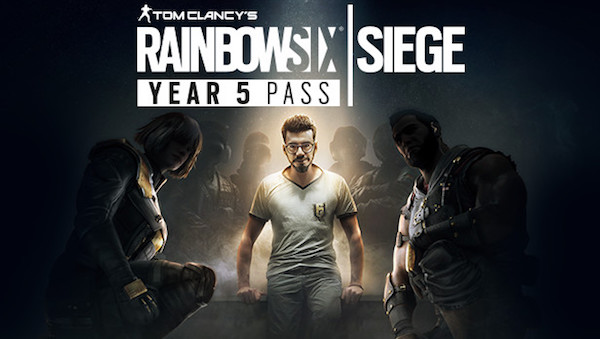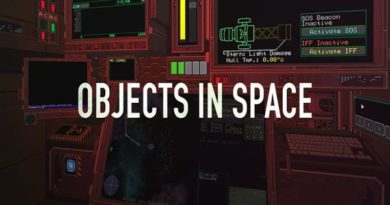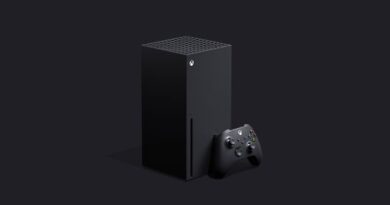Rainbow Six Siege – The State of the Game 2020.
A few years ago, I wrote an article for Koru-Cottage titled ‘Rainbow Six Siege: Why I Love it so Damn Much’. Since that article, Rainbow Six has seen a lot of dramatic changes.
So with this generation of gaming coming to a close, I thought now would be a good time to revisit my musing on my beloved Siege. To reflect on how the game has changed, discuss the state it is in now, and theorize about the game’s future.
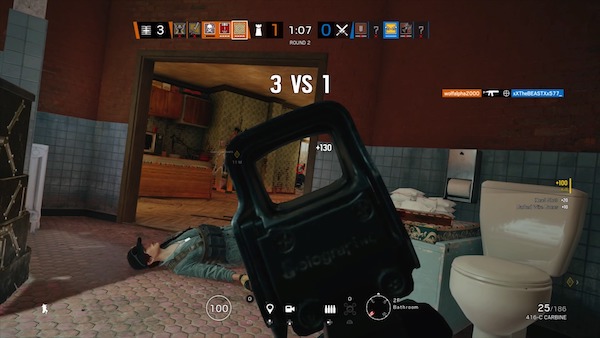
A Mix of New and Used
When I wrote my original article, Rainbow Six Siege’s latest season had been ‘Operation Chimera’. Since then, the game has seen six new seasons and introduced 20 new operators. Interestingly, it’s only seen three new maps. From the beginning of Year 4, Siege players haven’t seen any new maps, just reworks of old ones. This is something that has caused backlash in the community, as some players feel this is laziness on Ubisoft’s behalf.
I personally do not share these sentiments. Yes, the lack of new maps do make the seasons feel less exciting. But almost every rework has been attempting (and in most cases succeeding) to give tangible improvements. By removing frustrating run outs, getting rid of rat angles, expanding out chokepoints. Making the map overall more enjoyable to play on both attack and defence.
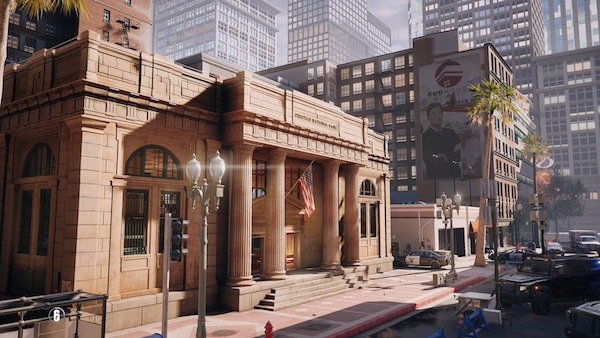
However, I do feel frustrated in regards to Ubisoft’s other use of recycled content: loadouts. Since the beginning of the game, every new operator was introduced with brand new weapons. But in year 4 ‘Operation Phantom Sight’ that changed and recycled loadouts became the norm. Since ‘Phantom Sight’, the only new weapon to be introduced was the SC3000K assault rifle. I am sure that there is a reason behind the decision to use recycled loadouts, but as a player this drought of new weapons makes the new seasons feel less, well, new.
A big part of the hype regarding new ops was the new guns that they would be packing. The fun was then trying to adapt to and master the new weapons. But that excitement has been missing for almost 2 years. ‘Shadow Legacy’ brought it back to a degree with the SC3000K, but the seventh season, ‘Neon Dawn’, has only added to the drought with another fully recycled loadout. I’m not saying that every single op must have totally unique weapons, that’s just unrealistic.
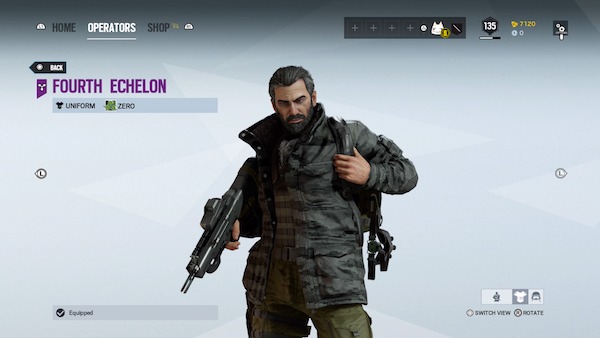
A combination of recycled and new weapons is something I’d like to see in the future.
But as fun as it is to trash-talk triple-A developers. New content-wise, there is very little to really criticise Ubisoft on. ‘Shadow Legacy’, for example, was one of the most content-rich seasons to date. Quality of life improvements such as a defense reinforcement pool has made the lives of solo queuers so much easier. 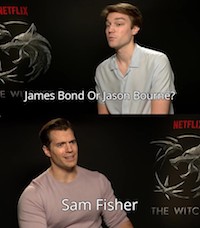
The addition of new 1.5x, 2x and 3x scopes has also spiced up the gameplay. New hard breach charges and proximity alarm secondary gadgets for attack and defense increase utility for many operators. On top of that, the season’s attacking operator, Zero (Sam “Splinter Cell” Fisher), was an awesome addition to the game.
Earlier seasons such as ‘Steel Wave’ and ‘Shifting Tides’ also saw more cool additions to the Rainbow Six roster, including hard breacher “Ace” and anti-grenade operator “Wamai”.
Rainbow Six Siege continues to impress me.
Primarily with how Ubisoft can add so many new, powerful operators without undermining the O.Gs. The game now has nearly 60 characters and many with roles that overlap. But in spite of this, the first-year operators are still some of the most powerful and present in the game (I mean, have you seen Jager’s pick rate?)
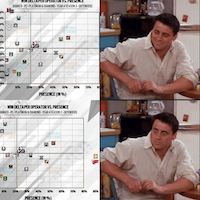
Rainbow Six Siege and its content does have some irking frustrations. But they do not take away from the fact that the game is in one of its best states yet. Like all multiplayer titles, the state of Siege’s community is critical to the state of the overall game. And also like all multiplayer titles, not everyone in Siege’s community likes to play fair or play nice. Over the years, however, Ubisoft has cracked down on toxicity. The removal of the ‘vote-to-kick’ function and addition of ‘reverse friendly-fire’ were implemented to combat griefing. Recently, toxic play styles were targeted with the mass removal of ACOG scopes from all defenders and many attackers.
These changes have received wide ranging approval. Team killing and getting booted from matches for no reason were rampant problems, especially while solo queuing. But these targeted solutions have fixed these issues almost completely. The last time I was team-killed since the introduction of reverse-friendly fire escapes me. The removal of ACOGs, particularly on operators like Maestro, Doc and Ash have also seen positive results.
Not as toxic as before, but still a wee bit toxic.
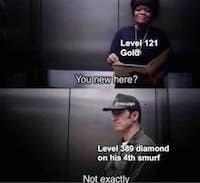
More recently a different kind of griefing has been causing problems for players: Smurfing. When high-level players make alt-accounts with a low enough level to play against new or less-skilled players. This means that casual, new or less-experienced players will find themselves going up against either highly-skilled players or try-hard sweats when they shouldn’t be.
In my experience on console, I have not encountered many smurfs since returning to Siege. But on PC in particular, I know this problem is so bad, it’s actually hurting the game community.
What’s worse is that this kind of abuse has not seen any response from Ubisoft to date.
Creative Freedom Expanded as the Cost of the Old Siege
When discussing the ‘direction’ a multiplayer developer is taking their game, the gameplay and meta are usually what springs to mind first. But I want to look in the other direction; the creative direction. Because over the last couple years, the Siege’s creative direction has taken a drastically new turn.
Inspired by the Tom Clancy novel of the same name, Rainbow Six Siege has always been anchored tenuously in reality. Very few games before it committed to this pseudo-realism as hard as Siege had. Every gun in the game is real, every operator originated from a real-world CTU and every one of the gadgets maintained a sense of plausibility. Even the physical appearance of the characters were based in realism: operators donned uniforms and armor that closely resembled that of real-life soldiers. However, in more recent seasons, this is no longer the case. The writers have instead adopted a far less grounded, more fictional direction for the world of Siege.
Change for good?
It’s been quite a gradual change, meaning its exact beginning can be hard to pin down. For me, I really started to notice in ‘Steel Wave’; with the introduction of the fictional PMC Night Haven and in the designs of Kali and Wamai. Wamai is dressed in what can only be described as a super tactical wetsuit, whereas Kali looks like the Indian Black Widow.
Since then, we’ve seen more and more operators from more fictional organizations, clad in unique costumes and increasingly high-tech gadgets. The game is feeling less and less like a Tom Clancy title and more like a tactical-shooter edition of Overwatch. This change in art direction has had a mixed response among the community. For many, the thing about Siege that originally drew them to it was its grounded style; it is a Tom Clancy game after all, so many of its original players were also TC fans. As a result, this change in art direction has alienated many of these hardcore military-sim fans.
However, many players, including myself, are enjoying these changes.
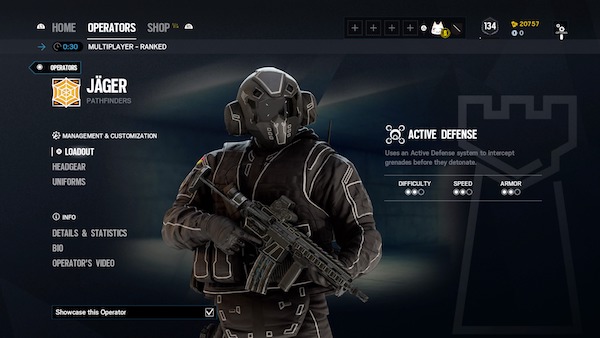
Don’t get me wrong, I myself am a Tom Clancy fan and the gritty, more grounded tone of the original Siege was something that originally drew me to it. But that said I also appreciate why Ubi may have shifted the game’s creative direction. For starters, as cool as a hard-core military-sim style can be. When you’re trying to make a live-service that has to stay creatively interesting and relevant, the creative ‘rules’ of that genre get very restrictive very quickly. It also keeps the game very niche, meaning it is harder to gain new players and keep the game relevant.
This new direction mitigates these issues. It gives the artists and writers more freedom to create characters who are more iconic, gadgets that are more unique and a lore that is far richer than anything that came before. And as someone who appreciates things such as lore and character design, I’m actually really enjoying it.
Rainbow Six Siege has canon or cannons?
That last point, the lore, is another thing that Ubi has been investing some serious time in in the more recent seasons. In my original article, I discussed how one of the things I liked the most about Rainbow Six was the hidden stories of the operators and Team Rainbow as a whole. Ubisoft must’ve either seen that article or read my mind because over the last two or three years, Rainbow Six’s lore has become far deeper and more center-stage than it has ever been before.
Operator backstories and psyche profiles have had a face-lift. CGI films such as ‘The Hammer and Scalpel’ and ‘The Program’ released alongside events such as the Six Invitational. Prior to ‘Shadow Legacy’ and ‘Neon Dawn’, animated shorts were released. Giving players insights into the pasts, abilities and character of the new operators.
The short films that Ubi has been creating are personally my favourite thing to come out of this ‘new’ direction for Siege. Using a combination of CGI and stylish animations, these trailers and short movies delve deeper into the pasts of our favourite operators. While also showing us a little about what they’re like outside of operations or training. My personal favourite would have to be the ‘Shadow Legacy’ animation, which introduced Team Rainbow to Zero aka Sam Fisher. All it consisted of was the former Splinter Cell op 1 v 4ing an entire defense team. His hay-days are over, but Sam still remains a force to be reckoned with.
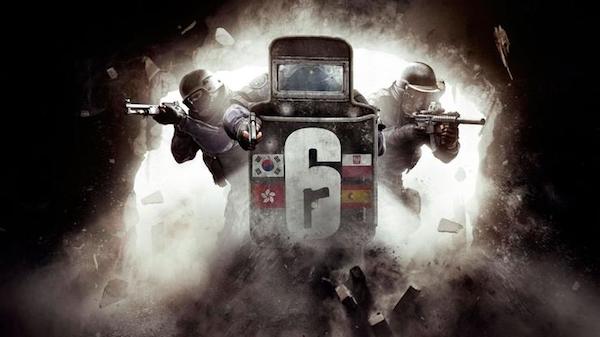
To close it down tighter than a riot shield.
Now, do not get me wrong, these changes are not for everyone. However for me, I like that Ubi is treating their operators a little more like real characters rather than just playable avatars.
It is incredible to think that Rainbow Six Siege has been around for almost six years, and I must commend the development team for their dedication. Keeping a multiplayer game alive and thriving is no easy task, but the R6 team have managed to pull it off. It seems that Ubi is keeping their promise to support Siege for ‘the next ten years’. While there are still a fair number of issues, both technical and otherwise, I remain very optimistic about Siege’s future. With the 2021 Siege Invitational months away and the elusive R6: Quarantine spin off somewhere on the horizon. I am seriously looking forward to seeing what 2021 will bring to Rainbow Six Siege.


